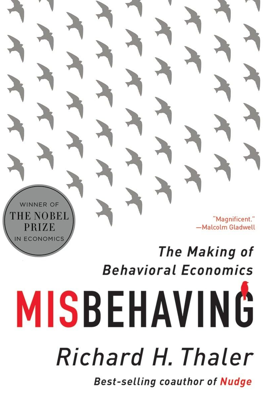Save More Tomorrow
Enhancing Retirement Savings
Challenges of Traditional Economic Theories in Retirement Saving
Traditional economic theories assume individuals save the perfect amount for retirement, leaving little room for enhancement or advice beyond manipulating tax incentives. However, these methods show limited and inconsistent indicators on how effective they are in increasing actual savings, owing to complexities like varying returns on investments.
Behavioral Economics and Savings
In contrast to traditional views, behavioral economics suggest that multiple factors, particularly psychological ones, influence savings behavior. Richard Thaler proposed several innovative ideas aimed at improving savings using behavioral insights. For example, allowing people to use tax refunds for previous years' IRA contributions and tweaking tax withholding to result in larger refunds serves to increase the likelihood of saving due to the psychological impact of how people perceive windfalls and manage loss aversion.
Introducing Save More Tomorrow
Thaler's key proposition, "Save More Tomorrow," invites employees to commit in advance to increasing their savings rate coinciding with future pay rises. This approach mitigates loss aversion as increased savings coincide with salary increments and leverages present bias by setting future commitments, making the increase in savings feel less immediate and painful.
Implementation and Legal Validation
Though initially garnering little attention, the legal endorsement of automatic enrollment by figures such as Mark Iwry, a Treasury Department official, provided the necessary legitimacy to encourage companies to adopt new behavioral strategies. This endorsement was pivotal for the wider acceptance of automatic enrollment in retirement plans.
Validating Behavioral Insights in Savings
The effectiveness of the Save More Tomorrow plan was empirically validated through partnerships with companies willing to experiment with these behavioral strategies. For instance, a significant increase in savings rates was observed when the plan was tied to pay raises. The program's success hinges on making enrollment easy and accessible, as behavioral interventions are most effective when they reduce the effort required from participants.
Impact and Adoption
Automatic enrollment and automatic escalation policies, including Save More Tomorrow, have seen substantial adoption across firms, significantly boosting savings rates. Legislative support through the Pension Protection Act of 2006 encouraged the adoption of such features, further demonstrating the efficacy and acceptability of behavioral economics in practical policy applications.
Evaluating the Real Benefits
Research conducted using Danish national data confirmed that automatic savings significantly contribute to actual increases in household net assets, with minimal reductions in other forms of savings or increases in debt, contrary to the concerns that such mechanisms might merely redistribute existing savings.
In essence, the Save More Tomorrow plan showcases how behavioral economic principles can be effectively applied to significantly enhance retirement savings, thereby addressing traditional economic assumptions about rational saving behaviors and providing a practical framework for improving financial security.
